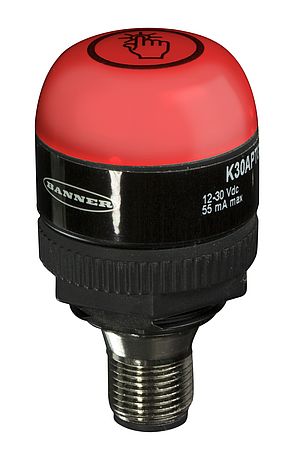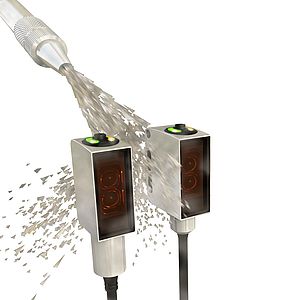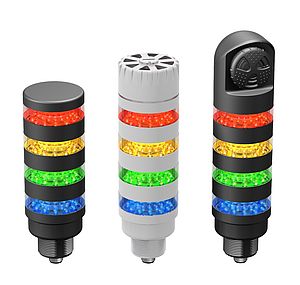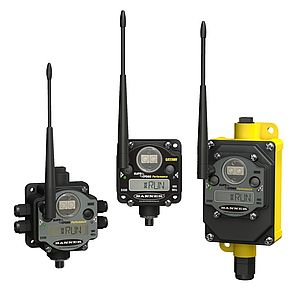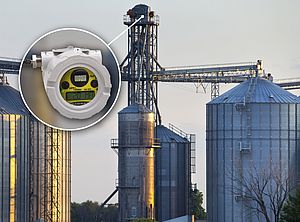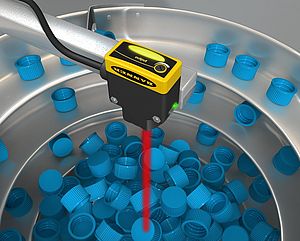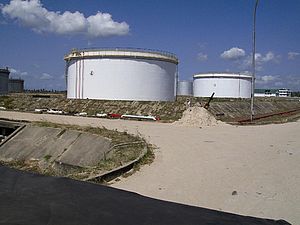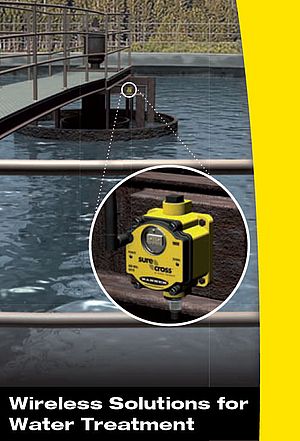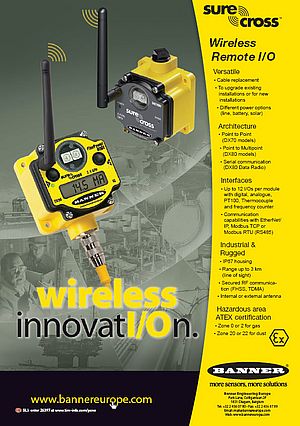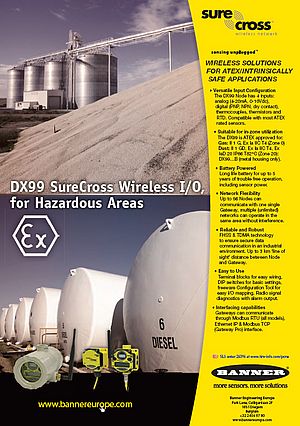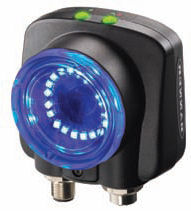The DX99 FlexPower nodes intrinsically safe wireless communication nodes are certified for worldwide use in explosive gas or dust atmospheres. The expand the capability of Banner’s SureCross wireless solutions to hazardous applications in numerous industries including coal, mining, oil & gas, grain handling, power generation, cement, metalworking, fiber, powder and plastics. The remote nodes gather data and/or transmit control commands between the sensors or other devices and a central Gateway. Up to 56 nodes can be connected to one Gateway. The Gateway maps inputs from the remote nodes and interfaces with a PLC or HMI via RS-485 modbus or Ethernet/IP. Gateway units are available in non-hazardous configuration and in explosion-proof housings. Nodes are configured with internal batteries and have metal housings. They are certified for explosive dust and gas atmospheres for use in Class I, Division 1, Groups A, B, C, D; Class II, Division 1, Groups E, F, G; Class III, Division 1; Category 1G, Group IIC, Zone 0; and Dust, Category 1D, Group II, Zone 20. Designed for applications where wiring is impractical or unaffordable, DX99 nodes and the devices they monitor are battery powered. This capability can eliminate the need for power wiring as well as control wiring, providing significant cost reduction and ease of installation in situations that cover wide areas. Nodes are IP67 rated and provide simple DIP switch configuration. Battery lifetime can be more than 5 years for Thermocouple and RTD/PT100 DX99 models. For digital or analog inputs, battery life will depend on sensor types and sample rate. For applications that would consume a battery too quickly, and require power lines or solar panels, the standard DX80 wireless products are available in explosion proof housings. Edited by: Constanze Schmitz
Wireless nodes
are intrinsically safe
- by Banner Engineering Belgium BVBA
- October 19, 2010
- 6181 views



